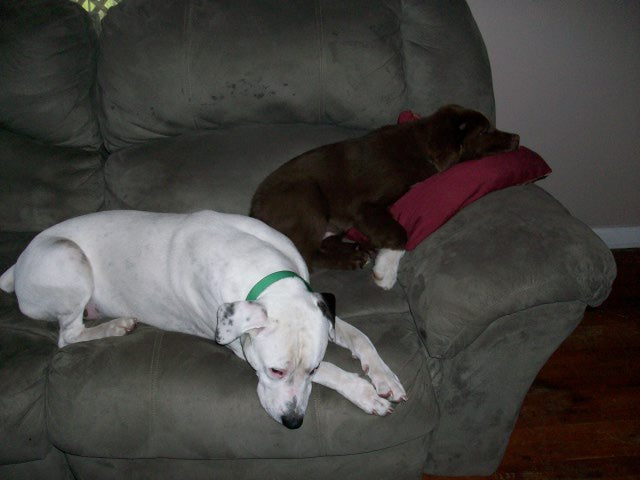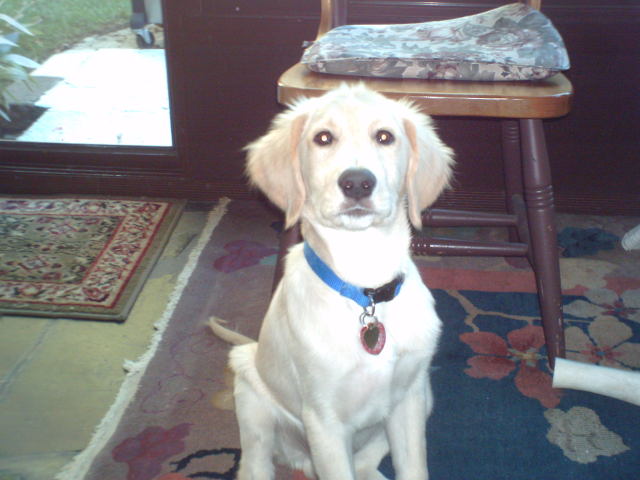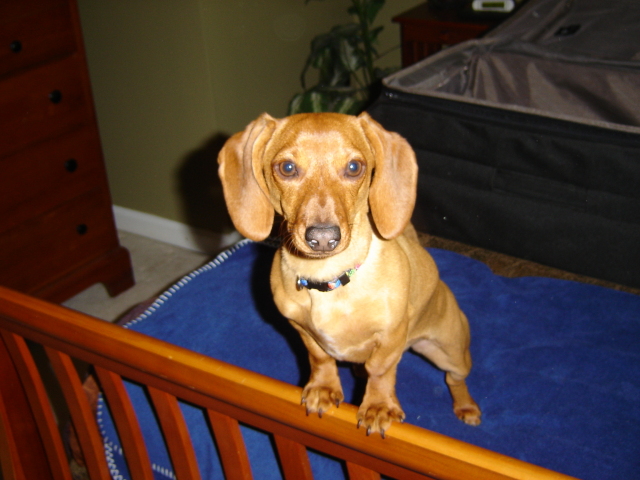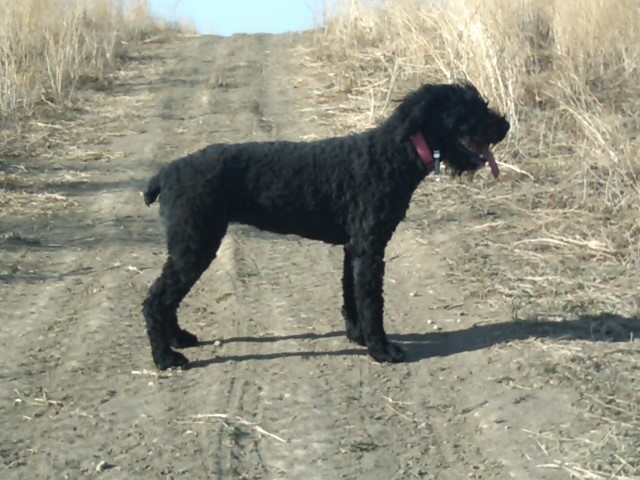QuestionMy daughter recently moved back in with us and brought her 2 dogs with her. She has a Yorkshire terrier that seems to be experiencing anxiety - staying in and cowering in his crate. This happened after we went out of town for Thanksgiving and she left the dogs in the back yard for the day. When she returned, he went into his crate and cannot be coaxed out. He seems very timid of going into the backyard again, as if something happened to him. She got him from a shelter a little over a year ago, and a similar scenario happened when she moved back in with us. What is the best approach or response to him?
AnswerDogs cannot be left outdoors alone for long intervals; not only can they be stolen, but they can also get into all sorts of trouble (escape, injury, etc.)
This dog recently experienced a traumatic event, moving to an entirely new location, and then was left outside. THAT alone may have caused this problem. He needs to be coaxed in a humane way. Your best approach is to make his leaving his crate VERY rewarding and then slowly extend his post crate adventure, rewarding each increase as he ventures out, until you are able to get him outdoors (on very lightweight nylon leash). First: sit on the floor near his crate with a small handful of special treat (fat free cheese diced tiny). Hold a squeaky toy (one he has not seen) and squeak it; if this doesn't get him out, have other family members sit on the floor with you and toss the squeaky toy among you with great joy (laugh and have fun). The MOMENT the dog steps out of the crate, toss him a piece of cheese, then quickly toss another a few feet away. He may not venture toward the second piece right away, but after a few minutes of this game he should. Keep "playing" the squeaky toy game among you. Once he's out of the crate and hopefully interacting in this game, associate the squeak of the toy with the treat (squeak, pop treat in mouth), then toss the toy so he must venture even further from his crate. I think in the first trial (the first thirty minutes) the dog should be willingly interacting in this game (with lots of cheese tidbits.) This first trial may take as much as 30 to 45 minutes but once the dog is freely interacting with the game, squeak the toy, give him a treat, and end it.
Next trial (later in that day or the next day), you do not need your entire family (or friends), simply squeak the toy, toss it around a few times if you must, and my bet is he will respond and come out of the crate for food reward and play. Once he easily does this (a third trial later in the second day or on the third day), you are ready to associate this play time with some training: offer a piece of cheese over the dog's head, and as he naturally sits (when dogs look up, they sit), pop a few pieces of cheese in his mouth and say "Sit" when you do it, then toss the toy. Spend a few short minutes several times a day for the first few days doing this and your dog will have a strong conditioned response both to the squeaky toy and the word "sit". You will have accomplished two things: taught the dog to respond to a command (thereby making him less anxious because you are clearly in control) and begun a regimen of play training which you can now take outdoors.
Put the lightweight leash on the dog and lead him outdoors. If he balks (stands his ground and refuses to move), ask him to "sit", reward it and squeak/toss the toy a few feet outdoors. He should readily chase the toy (because he has learned to associate the squeak with reward and the chase is also reward); jackpot (handful of cheese tidbits). He is now outdoors in the backyard and you should move away from him a few feet, treats and squeaky toy in hand. Squeak the toy, dog should move forward, and for every step he takes, praise; when he gets to you, "jackpot" (handful of tiny tidbits). Keep this up for a few more minutes and you should have successfully counter conditioned his recently acquired fear response. Repeat this very briefly for a few days in a row, "sit" command, squeak and toss, food reward, to confirm the conditioning. DO NOT LEAVE THIS DOG OUTDOORS ALONE for any reason. you must consistently and randomly reward his newfound bravery outdoors with praise and small treats for a couple of weeks. Never, under any circumstances, confine any dog outdoors for extended periods of time (especially toy breeds!) Any further questions, please repost.

 American Bulldog aggression
Question
Buddy and Rez
I have a 2 year old Ameri
American Bulldog aggression
Question
Buddy and Rez
I have a 2 year old Ameri
 my 7 month old golden changed for the worse
QuestionRiley at 6 months
QUESTION: I got a gold
my 7 month old golden changed for the worse
QuestionRiley at 6 months
QUESTION: I got a gold
 Mini Daschund with anxiety issues
QuestionAbigayle
QUESTION: I have a 3 1/2 yr old
Mini Daschund with anxiety issues
QuestionAbigayle
QUESTION: I have a 3 1/2 yr old
 I was riding my bicycle when my 1yr old Bouvier bit my leg
Question
Pup
Hello, I have a 1yr old intact Bouvier bit
I was riding my bicycle when my 1yr old Bouvier bit my leg
Question
Pup
Hello, I have a 1yr old intact Bouvier bit
 uncontrollable beagle
Question
max
My beagle is a year and a half. Ive had hi
uncontrollable beagle
Question
max
My beagle is a year and a half. Ive had hi